Tweet
If you have been following the early part of the Major League Baseball schedule, you are aware of the recent rash of Tommy John surgeries plaguing young starting pitchers including Miami Marlins’ phenom Jose Fernandez, the Diamondbacks’ Patrick Corbin, and the A’s A.J. Griffin and Jarrod Parker. This virus spread to the amateur ranks when one of the best college pitchers – East Carolina’s Jeff Hoffman – tore his ulnar collateral ligament at the end of April and underwent Tommy John surgery. Prior to suffering his injury, Hoffman was projected to be a top 3 pick in Thursday’s Rule 4 Amateur Draft. The question now isn’t if he will fall in the draft, but how far. Baseball America describes Hoffman as having “easy mid-90s velocity and two off-speed pitches that show at least plus potential in addition to above-average control.” In 671/3 innings this season, Hoffman posted a 2.94 ERA while striking out 9.6 batters per nine innings against 2.7 walks every nine innings.
Prior to injury, Hoffman’s pitching arsenal and command showed scouts that he had the potential to be a top of the rotation starter at the Major League level. Tearing the ulnar collateral ligament in your elbow is one of the most significant injuries a pitcher can suffer and this scares front offices away from investing a first round pick in such a player. However, the frequency of the injury and the history of pitchers recovering from the surgery and resuming successful careers, which includes Chris Carpenter, Adam Wainwright, and Stephen Strasbourg, should reduce teams’ trepidation. It’s now almost a question of when a pitcher will require Tommy John surgery as opposed to if. It may actually be beneficial for a prospect to suffer an elbow injury at the onset of his pro career so as not to derail his development or expend Major League service time rehabbing the injury.
In the 2012 Draft Lucas Giolito, the top high school pitcher in that draft, fell to the Nationals with the 16th overall pick after injuring his elbow and requiring Tommy John surgery. Giolito is now pitching in High-A ball in the South Atlantic League and is steadily progressing through the Nationals farm system. Despite throwing a limited amount of innings, Giolito has not posted an ERA north of 3.00 or a WHIP above 1.28 in three different minor league levels. Jeff Hoffman’s past success indicates that he should have similar results to Giolito once he begins pitching again.
As draft day approaches, clubs with first round picks out of the top ten selections should evaluate whether they should draft Hoffman. The decision making process is not solely rooted to his Major League project-ability and the impact of his injury. Organizations’ depth at the lower levels of their minor league system and sign-ability are both major considerations. When deciding to draft an impactful college player who needs a minimum 12 months recovery from injury before beginning his professional development, an organization needs to evaluate the strength of the prospects in its lower levels of the minor league system.
Clubs have only a small window of time to freely develop players without exposing them to other teams through the Rule 5 Draft. Players drafted out of high school have five seasons of protection while college players, who are assumed to have already started their development, have only four seasons. So in the case of Jeff Hoffman, he will be eligible for the Rule 5 Draft for the first time following the 2017 season. College arms selected early in the first round generally rise through their club’s minor league system rapidly due to their development as a collegian – see Stephen Strasburg, Brian Matusz, Gerrit Cole, and Kevin Gausman as a few examples. However, his first season will be lost due to injury rehab and his second will likely be spent in either rookie ball or a short season league to build the arm strength needed to survive the 25-35 starts required by a full pro season. So Hoffman will have only two full seasons under his belt before the club that drafts him will either have to add him to the 40-man roster or expose him to the Rule 5 draft.
If a club, such as the Texas Rangers, has a surplus of talent at the lower levels of the Minor Leagues, then it is likely that Hoffman would be left off the 40-man roster and exposed to other clubs. When drafting and building their farm systems, teams need to acquire talent evenly so there is a steady flow of talent to the Major League club. Otherwise, clubs risk developing players with minimal or no return. Any club interested in drafting Jeff Hoffman must determine whether lost time due to injury will negatively impact his development – leading to possible exposure in a future Rule 5 draft.
The recent changes to the Major League Baseball Amateur Draft will impact how high Hoffman is selected. Players with high bonus demands, i.e. Rick Porcello, dropped under baseball’s old draft model to teams with the financial capability to sign such players. Now every pick in the first ten rounds is assigned a signing bonus amount and the signing bonus allotments for every team are aggregated into a signing bonus pool. This eliminates uniformity and enables clubs to allocate their signing bonus allowance as they see fit.
In 2012, the Astros surprised some and drafted shortstop Carlos Correa with the 1st overall pick and signed him to a below slot deal in order to select pitcher Lance McCullers. Correa’s signing bonus of $4.8 million was the lowest since 2006 when the Royals gave pitcher Luke Hochevar a $3.5 million bonus. Signing Correa for $2.5 million less than the signing bonus allocation allowed the Astros to sign Lance McCullers with a signing bonus twice the slot amount for the 41st pick. Last year, the Royals signed first round pick Hunter Dozier to a below slot signing bonus in order to reach an above slot deal with college pitcher Sean Manaea – who like Jeff Hoffman was a consensus top 5 pick until suffering a major injury.
As a result of blowing out his elbow, Hoffman is sure to drop in this year’s draft. Any club drafting him will need a surplus of picks in the first three rounds in order to have the ability to sign him to the above slot deal he is sure to demand. Clubs intrigued by Hoffman’s performance at East Carolina who lack the depth of early round picks necessary to provide a large enough bonus pool to sign him, aren’t out of luck. The new draft system affords extra draft picks between the 1st and 2nd rounds as well as the 2nd and 3rd rounds for teams in the ten small markets and teams with the ten lowest revenues who win a lottery for the 12 extra selections. These picks are the only selections tradable throughout the entire draft. Major League teams aren’t used to working the phone lines come draft day like their counterparts in the NFL or NBA. But perhaps a club whose chances in 2014 are fading should consider trading a Major League contributor to a small market or low revenue club that is, to date, competing for a playoff berth. The Pirates did this when they sent reliever Bryan Morris to the Marlins for a competitive balance selection – the 39th overall. I wouldn’t be surprised if they aren’t they only team who made such a move once this year’s draft is over.
If you’re looking for a couple of teams who might fit the above description with not having a bottom heavy farm system and multiple early round choices, see the Cleveland Indians and Miami Marlins. Both clubs’ farm systems are top heavy and the Indians have the 21st, 31st and 38th overall picks while the Marlins have the 2nd, 36th and 43rd overall selections. The Toronto Blue Jays are also an interesting club since they have the 9th and 11th overall choices along with the 49th overall pick. However, per Baseball Prospectus, Toronto has a bottom heavy farm system with an abundance of talent at the Low-A level. If they select Jeff Hoffman it will be interesting to see how they handle their 40-man roster in three years with a great deal of talent climbing the ladder to the big leagues all at the same time.

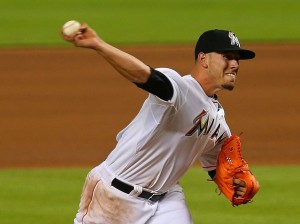
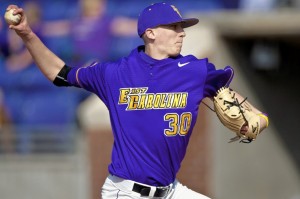
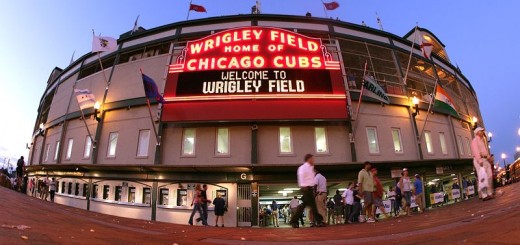
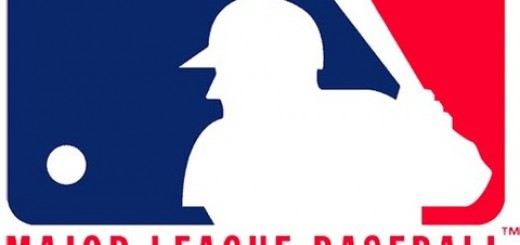
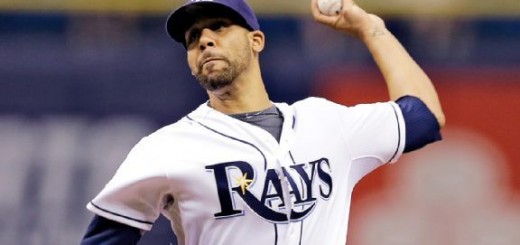
Recent Comments